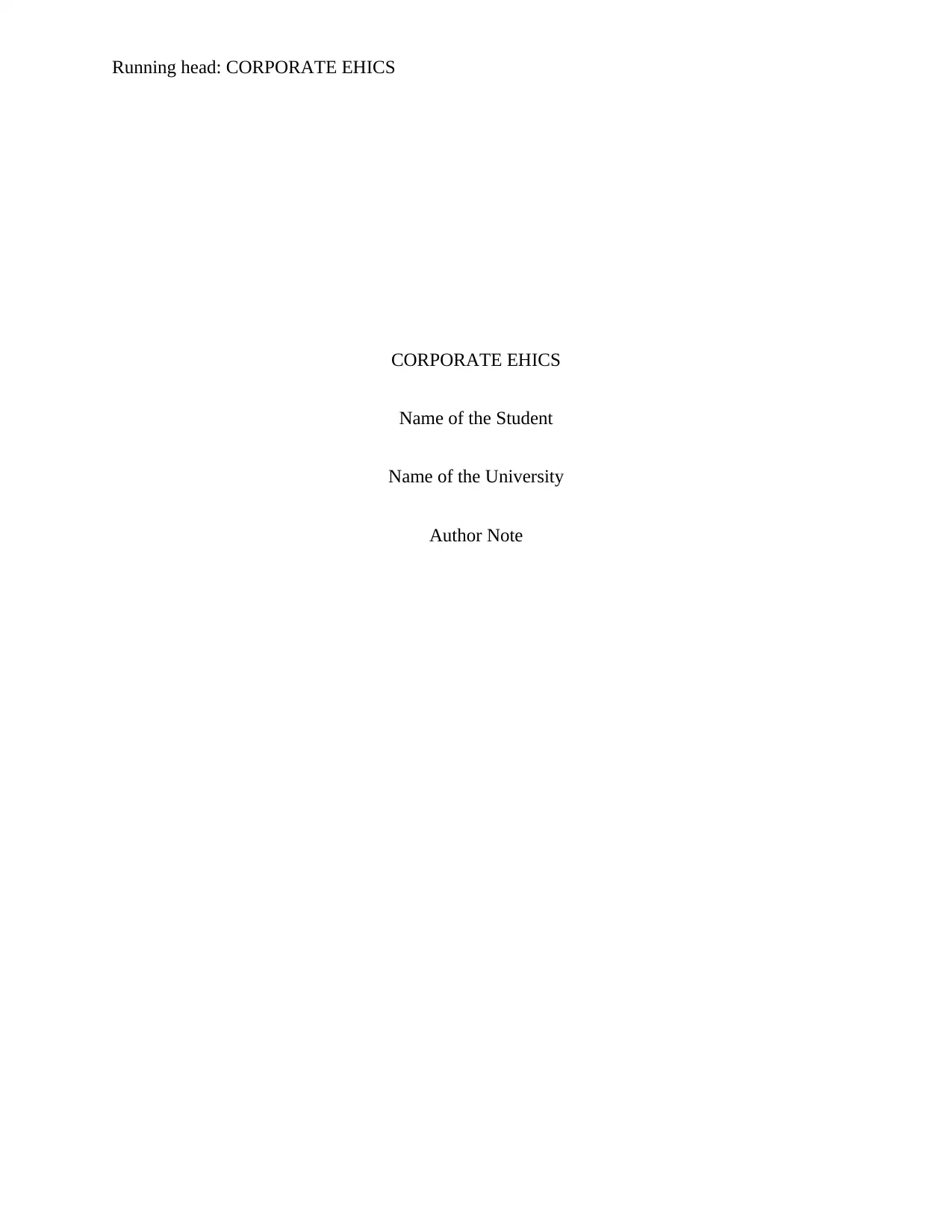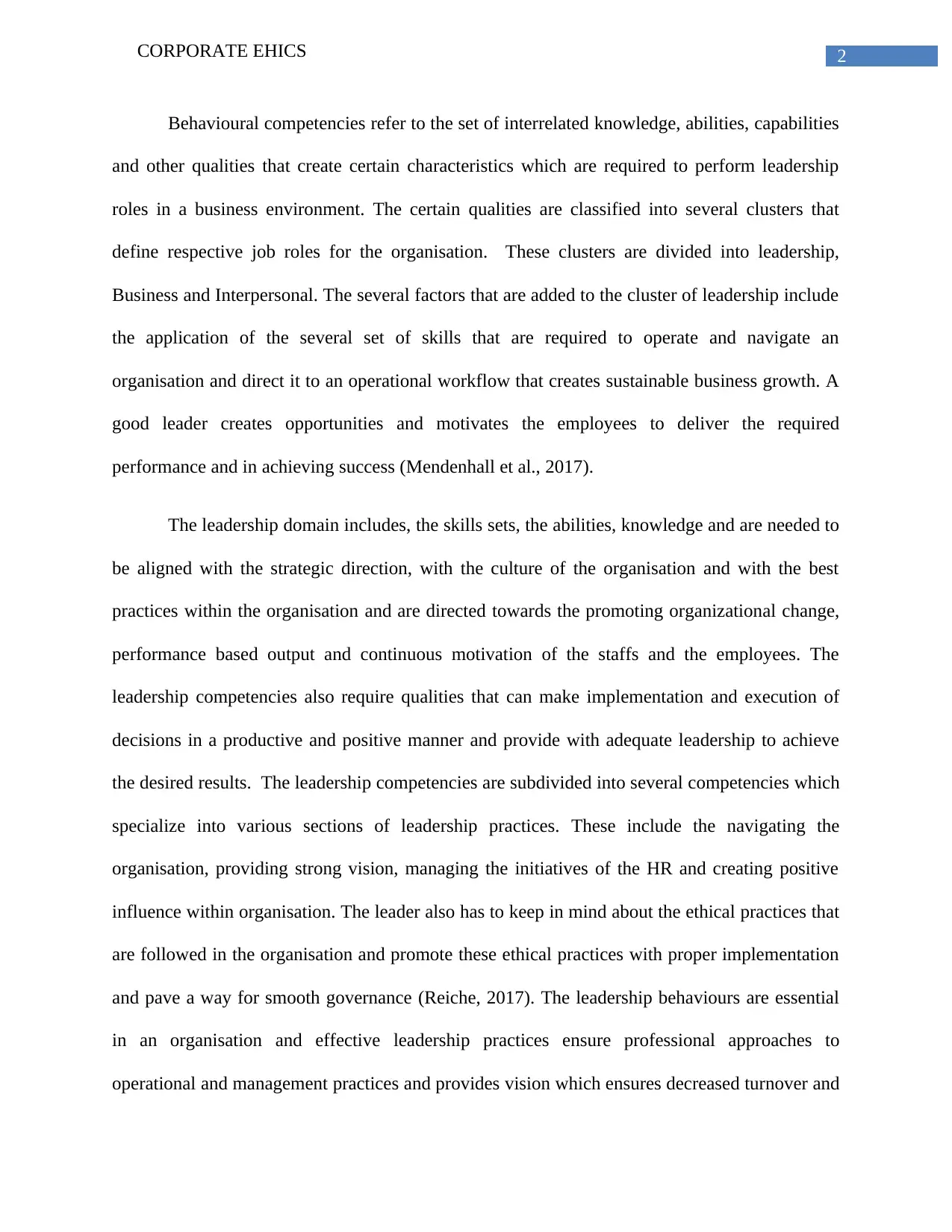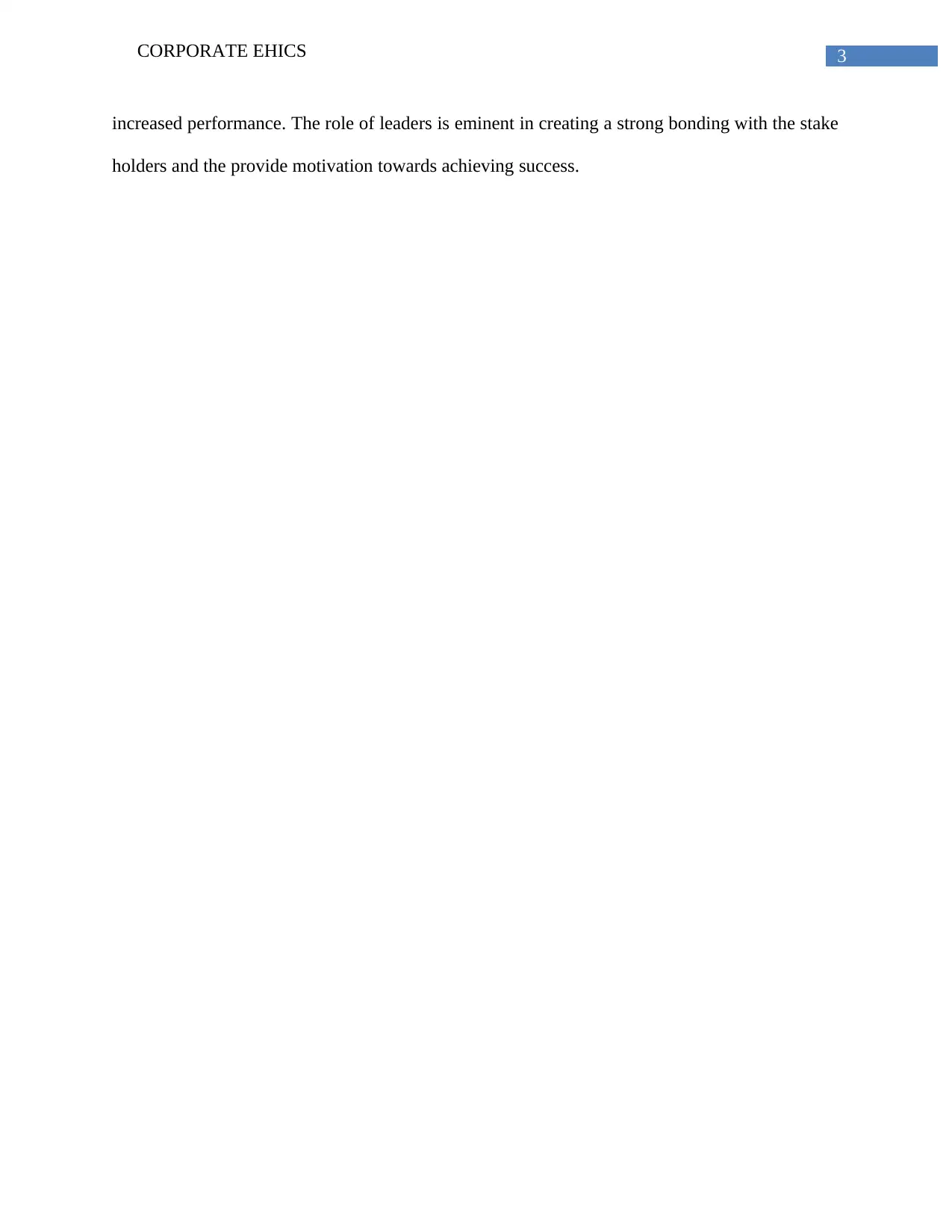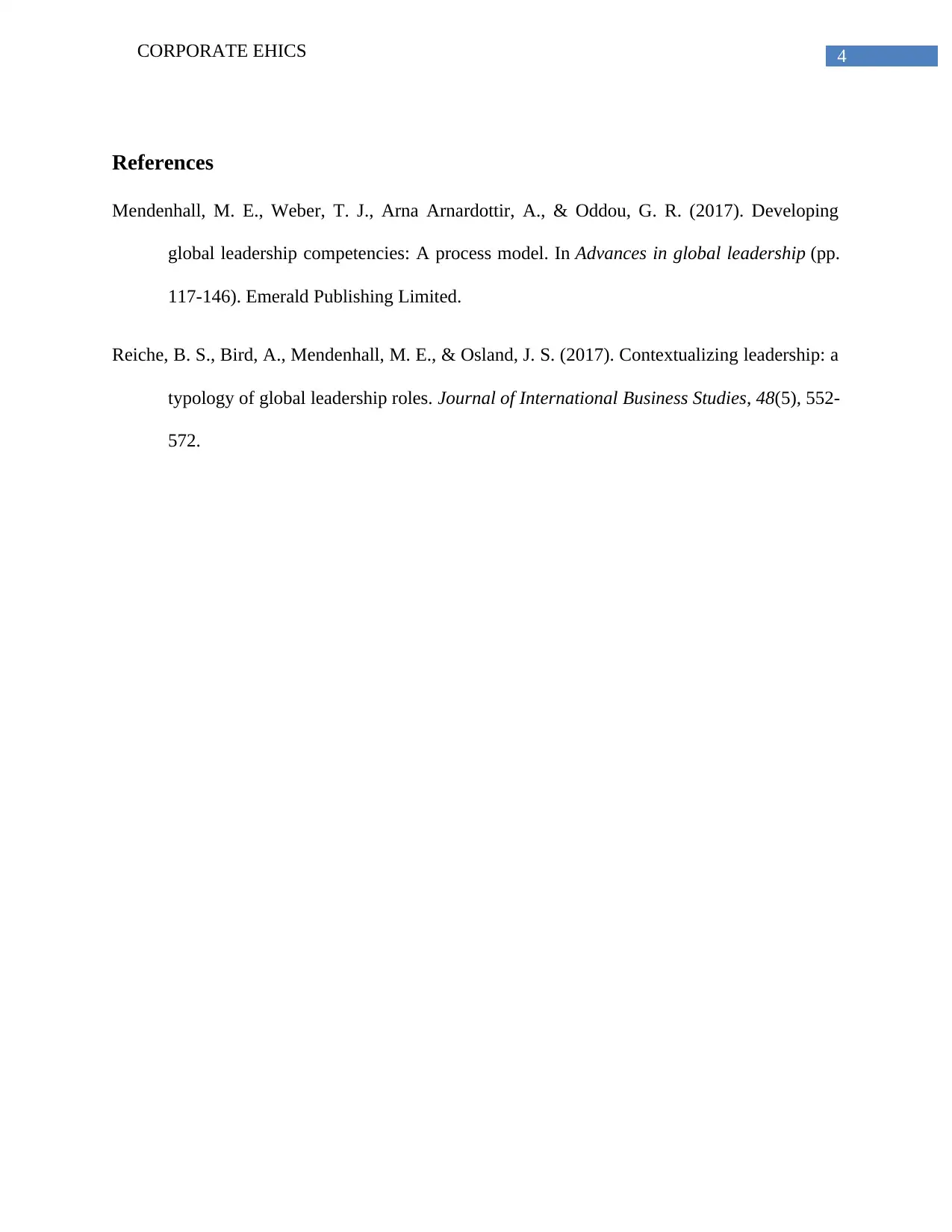Leadership Behavioral Competencies: Self-Reflection & Development
VerifiedAdded on 2023/04/23
|4
|474
|125
Essay
AI Summary
This essay provides an analysis of behavioral competencies within the leadership domain, focusing on leadership and navigation, and ethical practice. It includes a self-reflection on strengths and weaknesses within these clusters, supported by examples. Furthermore, it outlines strategies for developing behavioral competencies, incorporating research and practical examples. The essay emphasizes the importance of leadership behaviors in fostering a professional environment, reducing turnover, and enhancing performance through effective management and stakeholder engagement. Desklib offers a range of resources, including solved assignments and past papers, to aid students in their academic pursuits.
1 out of 4










![[object Object]](/_next/static/media/star-bottom.7253800d.svg)